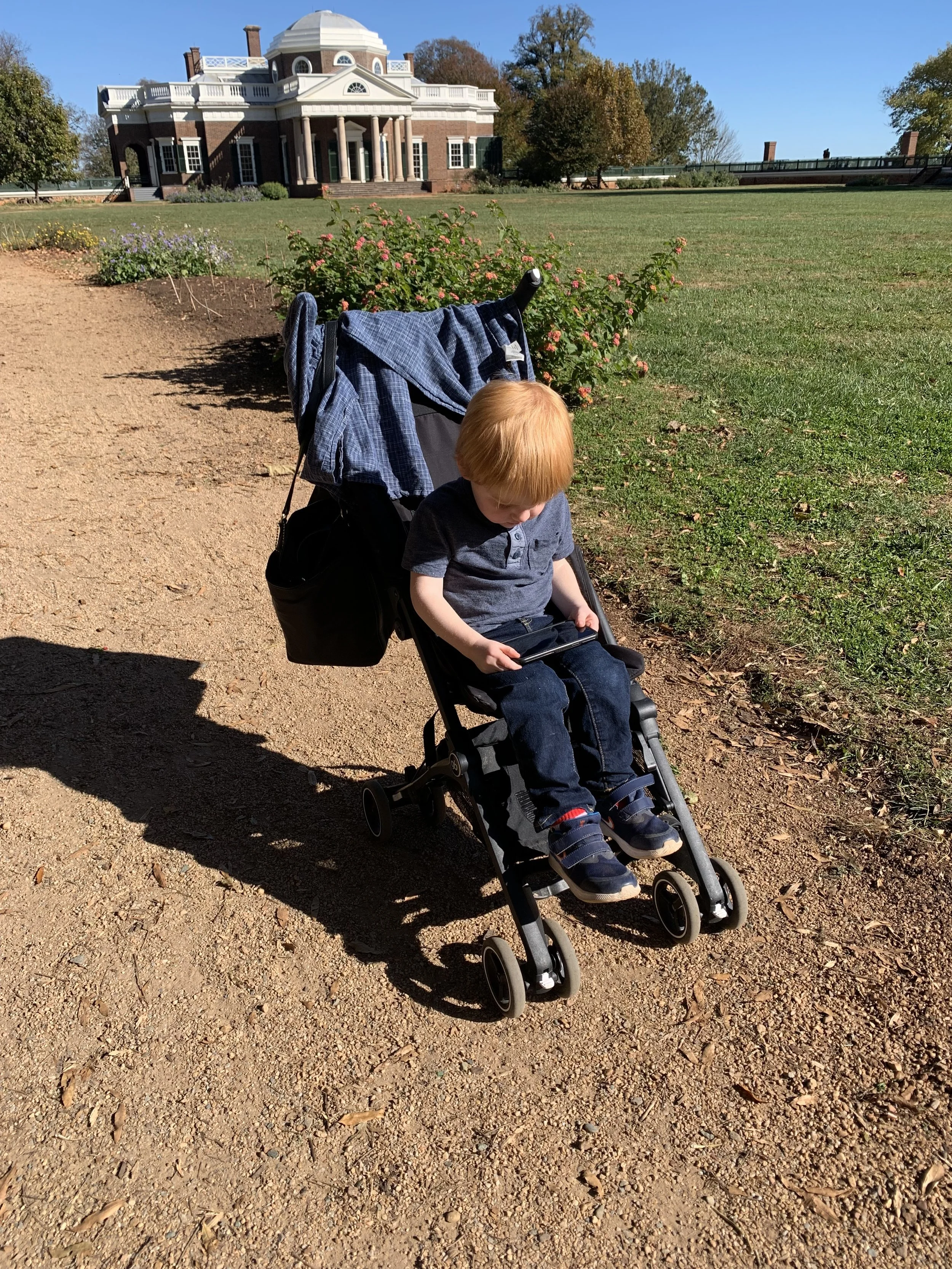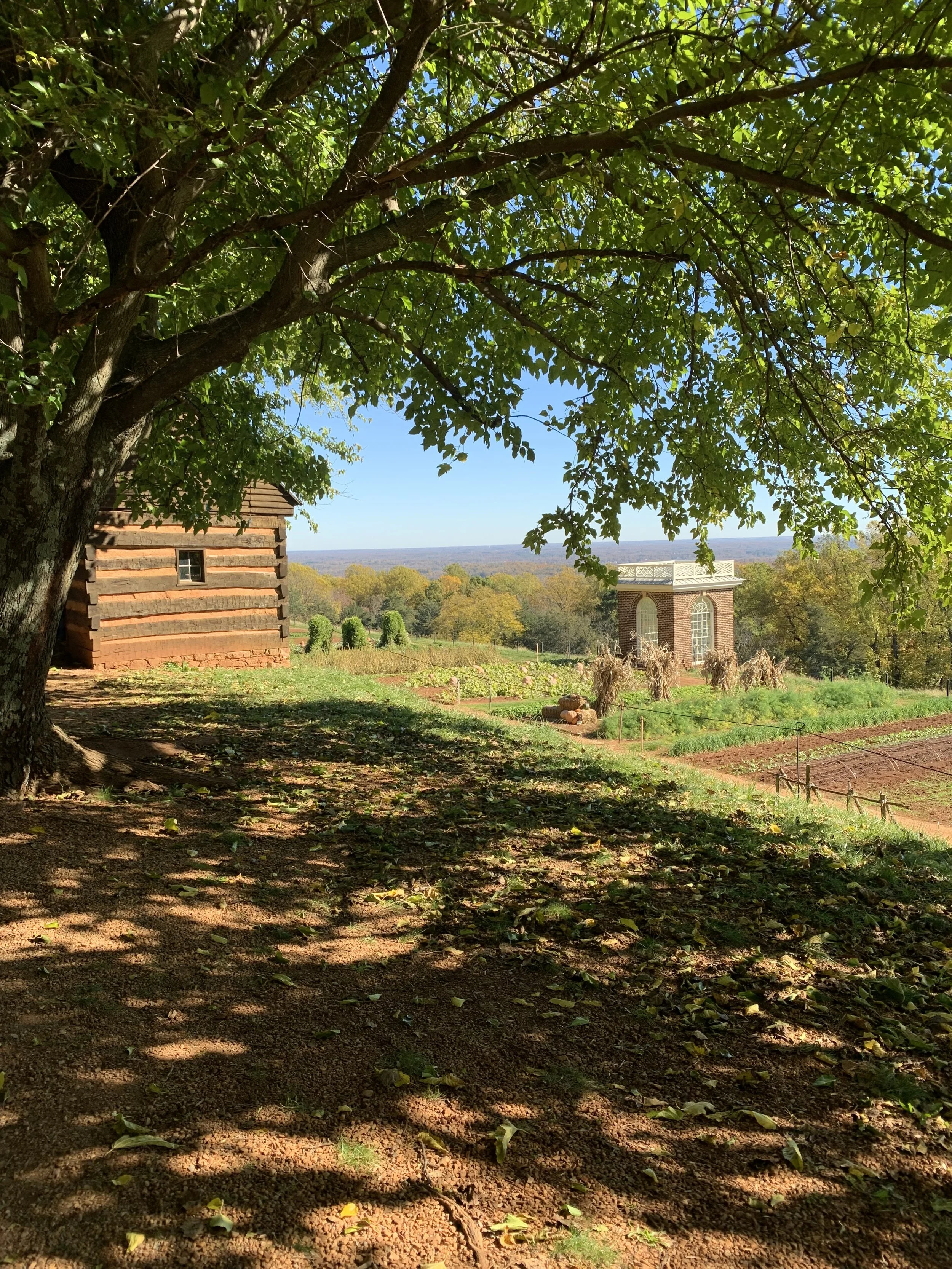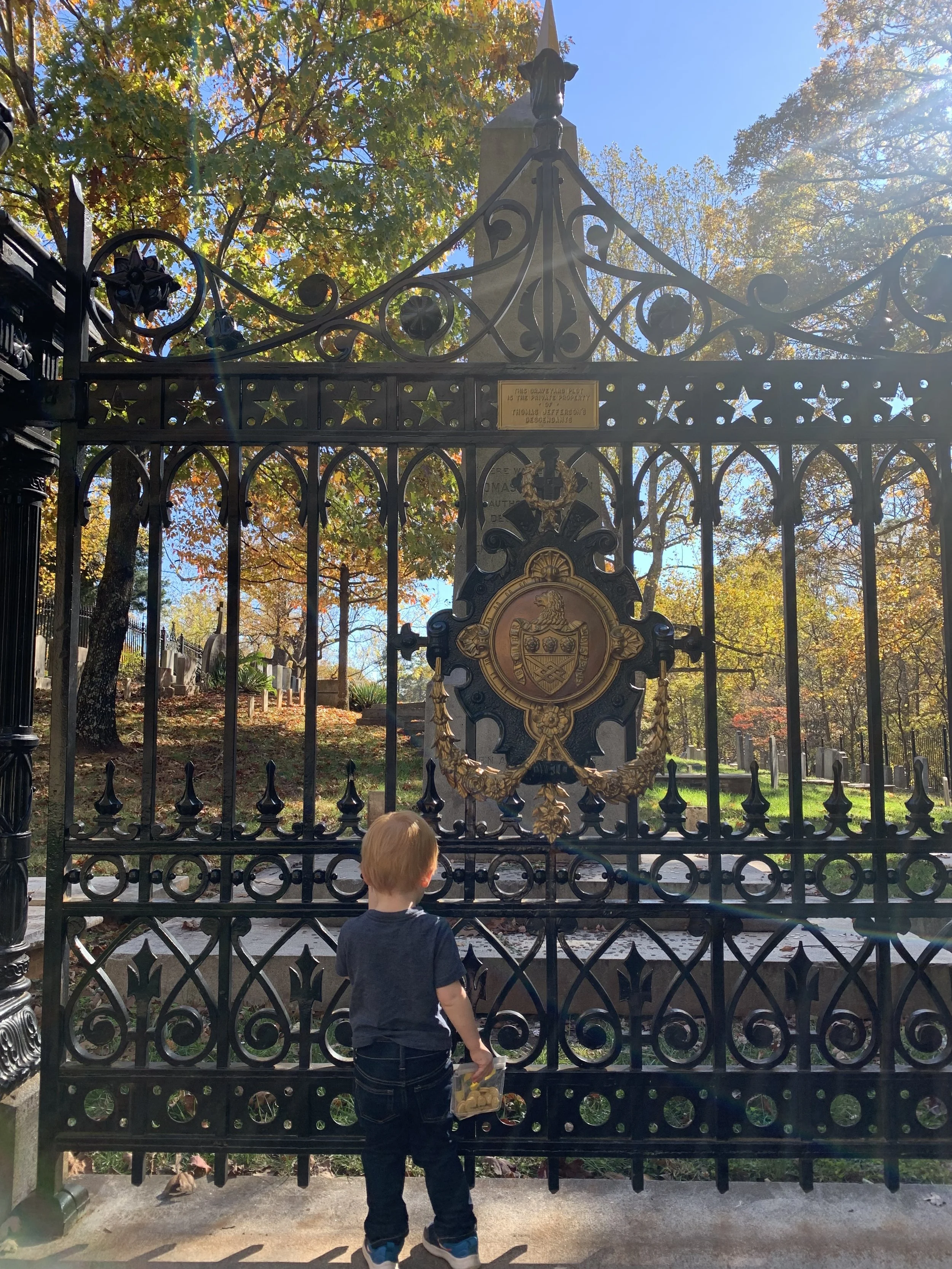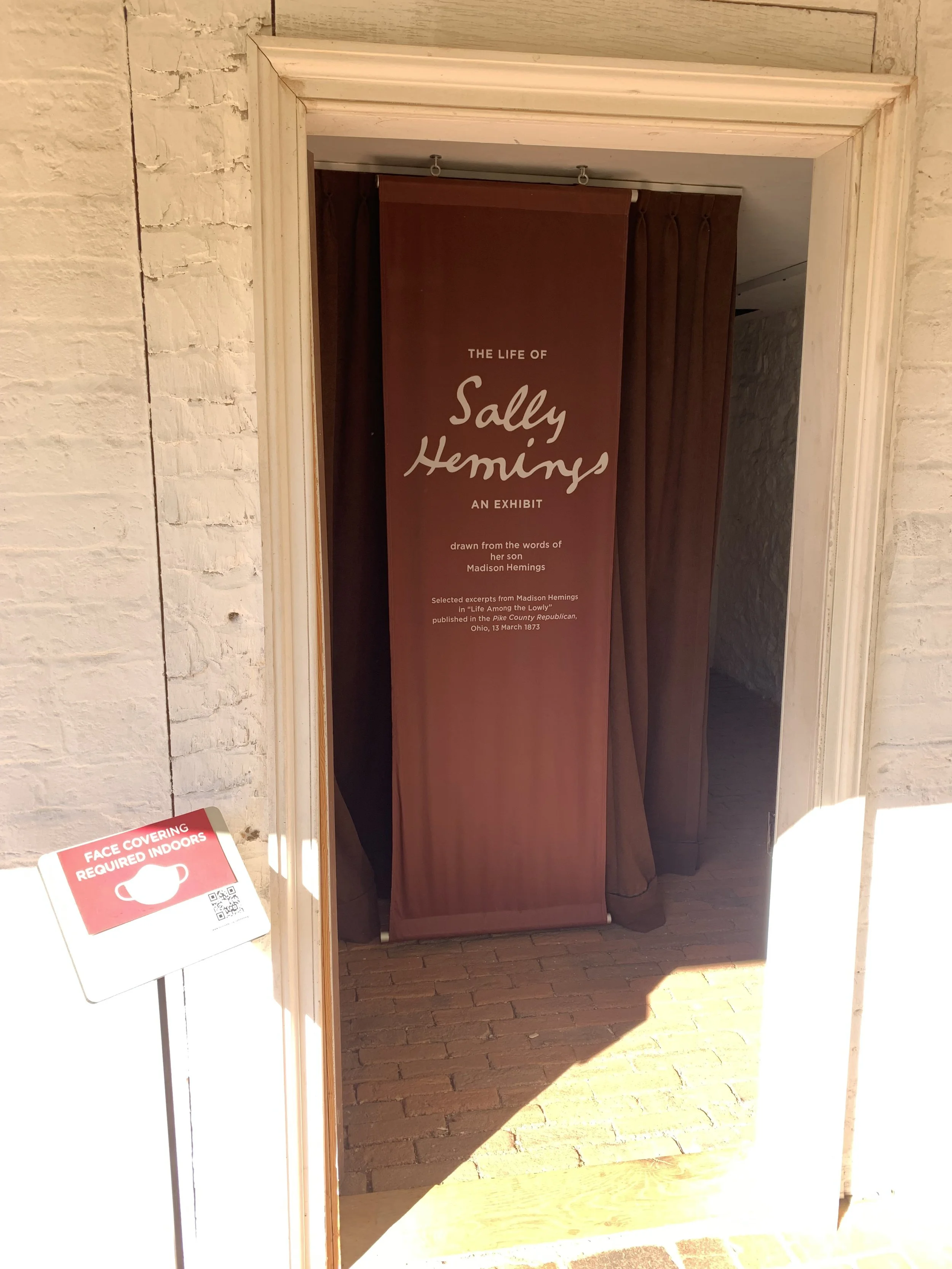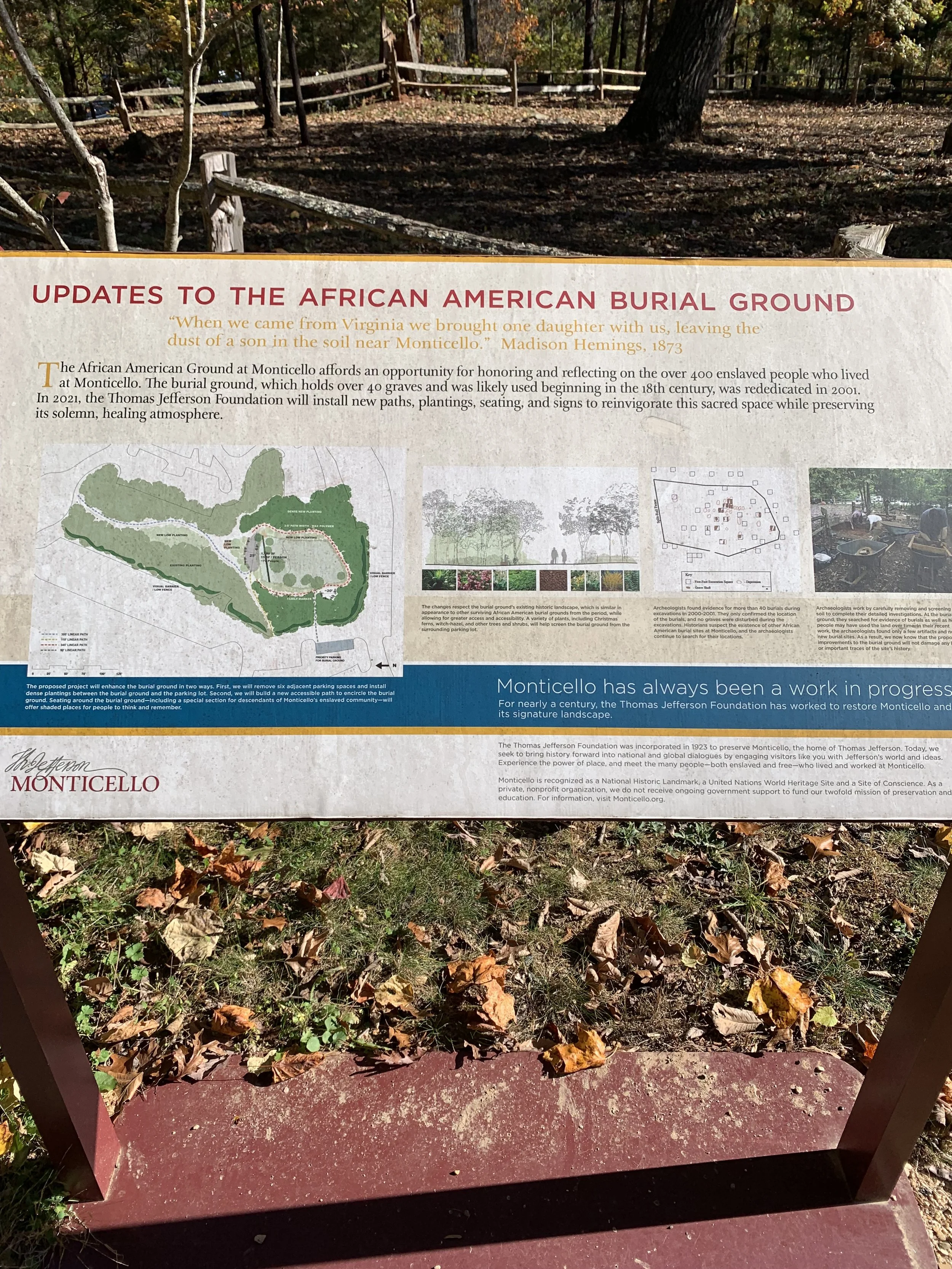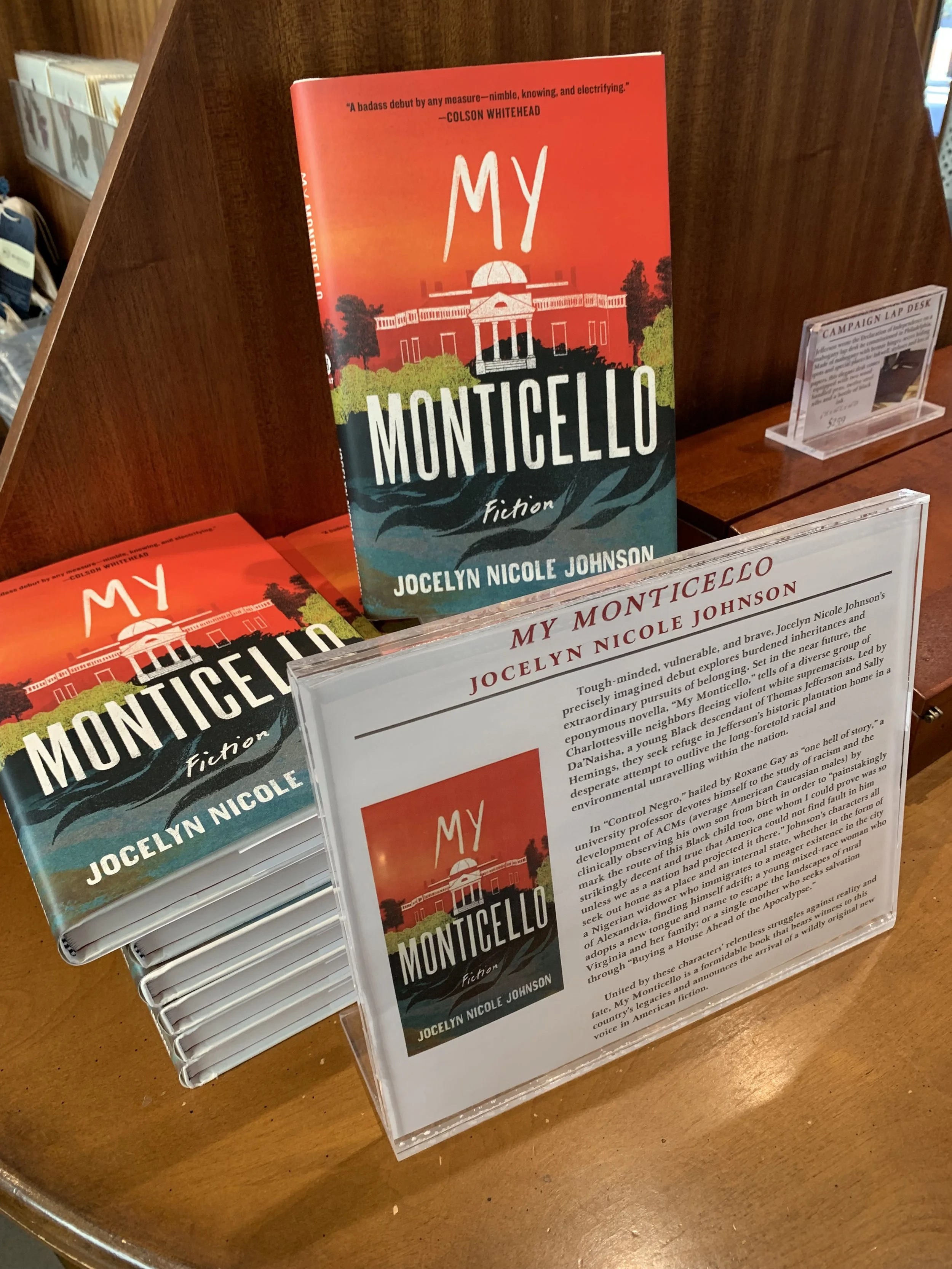Reflections on Thomas Jefferson’s Monticello
Over the holidays, my Mom was in town and we found ourselves up late one night chatting and our conversation eventually went to the topic of how her friends have been talking to her about the hot button issues of equity, inclusion and Critical Race Theory. The state where she lives is one of many that is grappling with legislation restricting the manner in which educational institutions can instruct their students on a variety of topics.
My Mom shared how church and neighborhood friends had been sharing their questions and seeking her perspective on the current issues. As we chatted, I could feel my Mom’s burden in having these conversations as she didn’t want to offend well-intended people asking genuine questions. (Living in a city that (over)prides itself in being diverse, inclusive and progressive, it is easy for me to think I have the solution to my Mom’s situation as she lives in red state, homogenous, middle America).
However, as I read a handful of emails that she sent her friends, I was struck by the wisdom she exhibited in addressing their genuine questions. She encouraged the recipients to learn more about the history of their communities - to not only know the “good” (abolitionists, underground railroad, civil rights leaders, etc), but also the difficult (white suprematist groups, lynching, redlining, school bussing, etc). I believe my Mom shared this advice because she has experienced that in learning the difficult and unsettling realities of her community’s history, she has found new ways to engage in today’s world.
So much of this conversation with my Mom echoed much of what my husband and I have discussed through the years when we have had opportunities to visit historical locations like Thomas Jefferson’s Monticello.
In the early 2000s I visited Monticello and had no recollection of any serious or thoughtful discussion on the role enslaved people played in the success of Thomas Jefferson’s endeavors. Regretfully - I had yet to prioritize grappling with issues of racial justice and I confess that at the time I was not looking for these narratives when visiting historical sites. So over a decade later when the opportunity came to visit again - I had an inclination to dismiss Monticello as a shrine to an oppressive past and not visit at all.
However, eventually my husband and I decided we should visit and in particular intentionally engage in the programs that seek to educate visitors on the experiences of enslaved people.
So in November we found ourselves at Monticello along with our toddler and puppy. Even though we think they are great, we knew they would probably be more of a distraction than a delight to many visitors (and no amount of screen time could change this reality). Yet, even with our limitations - we were still able to learn a great deal.
When I visited over 15 years ago - I had no recollection of Mulberry Row (where many enslaved people worked and lived). However, today the bus now drops visitors off at a location where one must walk by Mulberry Row in order to visit Thomas Jefferson’s home.
While walking by Mulberry Row, I overheard a tour guide’s remarks which included a thoughtful and clear answer to a visitor’s question as to whether or not Thomas Jefferson was a kind slave master.
I also noticed that the tour group of over 20-ish people, consisted mostly of older, white people who spoke with southern accents. This quickly convicted me of my prejudiced stereotype that this demographic was not interested in learning about this unsettling history of Monticello.
I was also impressed with the tour guide’s ability to create an environment where people were comfortable asking genuine questions. He had an impressive ability to clearly answer these questions and encourage listeners to rethink how they understand Thomas Jefferson.
An aspect of Monticello that can’t go unnoticed is how the story of Sally Hemings is presented. Again - since we were visiting with a toddler and puppy, we were limited on what we could view. However, along general walking paths, signs clearly communicated that exhibits about Sally Hemings would include graphic content.
With what little time we were able to spend on this topic, we left knowing that evil atrocities happened to enslaved people on the grounds we were walking.
One final improvement I noticed was at an African American burial ground near a parking lot. For years this area had gone unmarked. However signage explained the progress of a significant undertaking to honor the legacy of the people whose unmarked graves were ignored for many years.
Leaving the gift shop (where I bought Jocelyn Nicole Johnson’s book “My Monticello”), I had a sense of gratitude for the people who changed the way Monticello’s history is told. So much had changed since I visited years ago and although it was uncomfortable - it was good. I left with a greater understanding of how to engage in today’s world.
For this reason - I am grateful that I’ve had the opportunities to travel and experience places like Monticello. However, I’m realizing that this can also give me a false sense of enlightenment. My Mom was wise in the advice she gave her friends - to know the history of their community. How easy it is as a northerner to visit places in the south and think we were, and still are, on the side of the #GoodGuys in terms of racial justice.
Yet the reality is I can see parts of the National Park Service’s Black Heritage Trail outside my apartment window - yet I’ve never taken the time to experience the walk and learn the history of my neighborhood. I regularly walk by Faneuil Hall and take pride that it is the “cradle of liberty,” yet I have not taken the time to read the countless articles published on how one of the ways Peter Faneuil made his fortune was by trafficking enslaved individuals. I love having a pint of Sam Adams at the Beantown Pub with a view of Sam Adams’ grave, yet I haven't taken the time to reflect on how I think our city should memorialize the people who were sold into slavery just down the street.
So as I approach another Martin Luther King Jr. day observance, I’ve resolved to learn more about the history of my neighborhood. I can take great pride that Martin Luther King Jr. spent time in our city, that we are home to influential abolitionists and that I regularly walk by a memorial to the inspiring 54th Massachusetts regiment. However, more importantly I need to humbly grapple with the reality that, at the very least, my community benefited from the sacrifices enslaved persons made so many years ago and I also need to recommit to learn more about the current realities of my fellow neighbors.
Washington, DC Tidal Basin: Martin Luther King, Jr. Memorial and Thomas Jefferson Memorial


